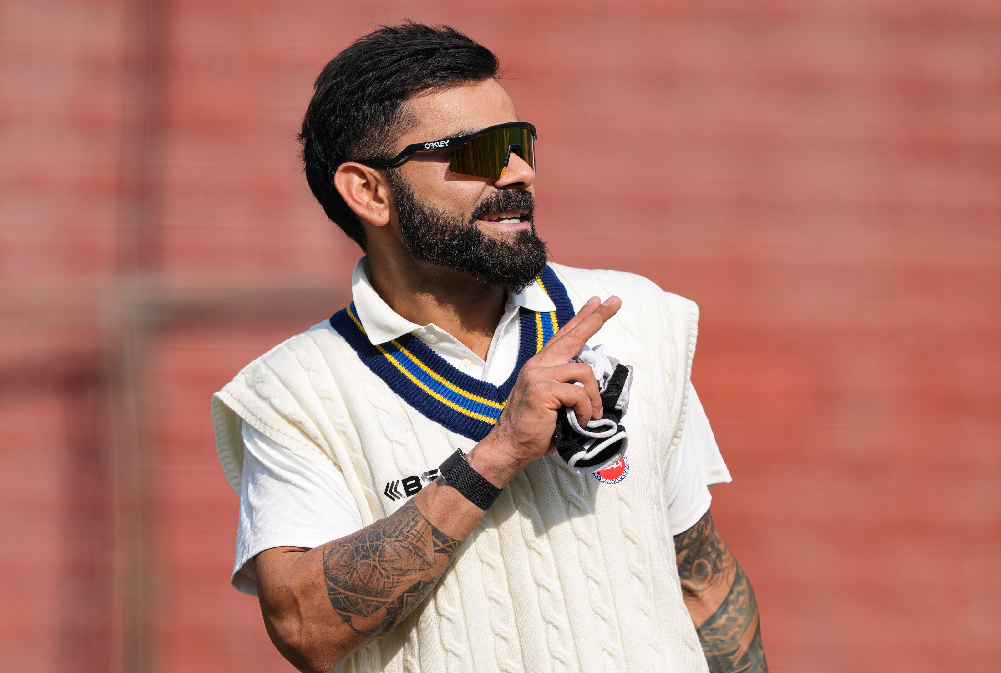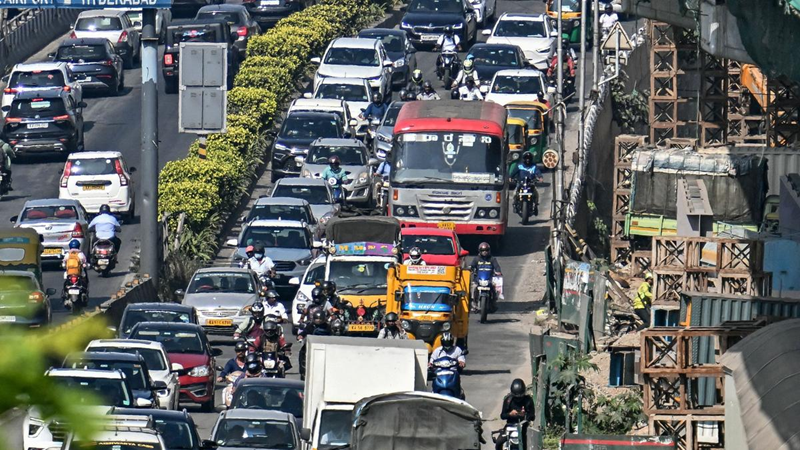
The Bigger Picture for India’s Defence Sector
While the world has been battling the COVID-19 pandemic over the last couple of years, there has been an additional challenge for India at our borders with China in Ladakh. Chinese attempts to force changes in the border has led to huge deployments on both sides of the Line of Actual Control (LAC), with a build-up of troops, weapons and platforms, which is into its third year now.
Against this backdrop, it was expected that the defence budget would be enhanced this year. The overall budgetary allocation for defence this year is Rs 5.25 lakh crore (Rs 52,5166.15 crore, to be precise) which is Rs 47,000 crore more than the last year’s Rs 4.78 lakh crore. The allocation registers an almost 10% increase from last year, while the inflation itself is touching 6 per cent. If compared with the Revised Estimates (which includes additional allocations made later, over and above the budgeted amount), the increase will be smaller.
Of the Rs 4.78 lakh crore, the capital budget is Rs 1.52 lakh crore. The capital outlay for the Army is Rs 32,015 crore (a decrease from the current financial year figure of Rs 36,000 crore), for the Navy it is Rs 47,591 crore (up from Rs 33,000 crore) and for the IAF it is Rs 55,586 crore (up from Rs 58,000 crore). The revenue head has Rs 2.33 lakh crore, pensions Rs 1.19 lakh crore and the Civil head has been allotted Rs 20,100 crore.
The defence budget has two main components, the capital budget and the revenue budget. The capital budget is the one that funds the acquisition of large platforms that account for modernisation. Day-to-day running expenses of the three services are met by the revenue budget, which includes the salaries, purchase of spares, expendables and maintenance. To modernise the Army, ideally, we should be spending more in the capital head. However, since the Army is manpower-intensive, it has a disproportionately high revenue component, at approximately 82 per cent. Within the revenue component, the pension bill is the largest constituent. In this year, too, the second-largest component of the budget is the pensions, accounting for Rs 1.19 lakh crore, after the capital head.
With a budget of Rs 47,591 crore, the increase in modernisation outlay of the Indian Navy is 43%. It shows the focus of the government on the Indian Ocean and the need for maritime security. The defence budget is 2 per cent of the GDP, including pensions. An empirical analysis does not give any cause for cheer. There are, however, a few heartening highlights.
First, 68% of the capital modernisation (capital) budget for defence has been earmarked for domestic industry to promote ‘Aatmanirbharta’ (self-reliance) and reduce dependence on imports of defence equipment. This has been increased from 58% in the last financial year. This effectively creates a separate budget of Rs 21,000 crore for domestic capital procurement this fiscal year. It is in line with the ‘Vocal for Local’ drive, and coupled with a halt to the import of 101 defence items, it will be a big boost to the domestic defence industry. This will also drive growth and create jobs, which is in concert with the thrust of the budget. Next, defence research and development (R&D) will be opened up for industry, startups and academia. This is a very heartening initiative. The model followed will be that of a private sector-DRDO-corporate special purpose vehicle (SPV). Opening up 25% of R&D to private industry and startups is somewhat like the DARPA model of the US. We have not been able to fully exploit the talent pool in our country, which can be remedied by this collaborative approach and fiscal handholding.
As far as the modernisation of defence forces is concerned, the 15th Finance Commission had recommended the constitution of a dedicated nonlapsable Modernisation Fund for Defence and Internal Security (MFDIS) to bridge the gap between projected budgetary requirements and the allocation for defence and internal security. The indicative size of the MFDIS for 2021-26 is Rs 2,38,354 crore, with a maximum annual recommended size of Rs 51,000 crore per annum. The fund will essentially have four specific sources of incremental funding, which include transfers from the Consolidated Fund of India, disinvestment proceeds of defence public sector undertakings (DPSUs), proceeds from the monetisation of surplus defence land, including the realisation of arrears of payment for defence land used by state governments.
However, the Ministry of Finance is yet to promulgate a definitive implementation roadmap ahead. Moreover, it will also give a boost to domestic growth and create more jobs as well. As it is, the Union Budget has focused on raising capital expenditure substantially by 35.4 per cent to Rs 7.5 lakh crore to drive growth by increasing public investment. In line with this jump in capex, the MFDIS should ensure 15 per cent growth in capi
 English daily published in Bengaluru & Doha
English daily published in Bengaluru & Doha






